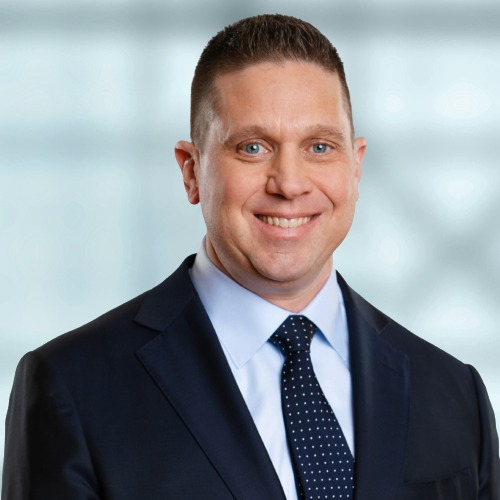30 May 2025
13:00 - 14:00 PM
University of Toronto's Bahen Centre for Information Technology, Room 2135
40 St. George Street
Abstract
Neural interfaces need to provide stable and reliable functional interfaces to the target structure in chronic implantations both in neuroscience experiments and especially in human clinical applications. Proper selection of substrate, insulation, and electrode materials is of paramount importance as well as the knowledge how process parameters in device manufacturing influence material longevity. Aspects such as size, thickness, and shape contribute significantly to structural biocompatibility and modulate post-implantation foreign body reaction. Our work focused on polyimide as the substrate and insulating material with integrated thin film metallization as the conductor in our flexible neural interface approach. Platinum, iridium oxide, glassy carbon, and PEDOT serve as interconnect lines and electrode coatings, respectively, depending on the intended electrode size and application. We have investigated different metal-polyimide compounds after in vitro stimulation but also devices after explantation. Optical imaging during electrical stimulation of platinum in vitro showed actuation of thin-films during Implantation as potential origin of adhesion loss. In addition, accelerated aging led to changes in grain structures in these platinum layers. Post explantation analysis of platinum recording arrays from studies up to two years in ferrets proved these initial observations and showed signs of hydrogen embrittlement. In addition, dimpling of arrays into brain tissue, secondary dura and bone growths showed limitations in structural biocompatibility in exemplary cases. Peripheral nerve electrodes from stimulation in human clinical studies over a period of up to six months has demonstrated the stability of iridium oxide sites and the integrity of the metal-polymer multilayer film using silicon carbide as an adhesion promoter. Analysis of explanted fragments, however, showed the necessity to be able to image the device-tissue interface in one stage without separating devices from biological material. The layer composition and tissue contact to the surface might help to better assess the interface compatibility and the influence of surface roughness and coatings on the foreign body reaction and device functionality and longevity. So far, results are encouraging to continue the translational research path from basic studies to the first human clinical trials, which are necessary to prove that new materials, technologies and devices are applicable in clinical applications and can eventually be translated into an approved medical device.
Biography
Thomas Stieglitz was born in Goslar in 1965. He received a Diploma degree in electrical Engineering from Technische Hochschule Karlsruhe, Germany, in 1993, and a PhD and habilitation degree in 1998 and 2002 from the University of Saarland, Germany, respectively. In 1993, he joined the Fraunhofer Institute for Biomedical Engineering in St. Ingbert, Germany, where he established the Neural Prosthetics Group. Since 2004, he is a full professor for Biomedical Microtechnology at the Albert-Ludwig-University Freiburg, Germany, currently acting as managing director of the Department of Microsystems Engineering (IMTEK) at the Faculty of Engineering and serves as deputy spokesperson of the Cluster BrainLinks-BrainTools, board member of the Intelligent Machine Brain Interfacing Technology (IMBIT) Center and spokesperson of the research profile “signals of life” of the university. His research interests include neural interfaces and implants, biocompatible assembling and packaging and brain machine interfaces.
Dr. Stieglitz has co-authored about 200 peer reviewed journal publications, 350 conference proceedings and holds 35 patents. He is co-founder and scientific consultant of CorTec GmbH and neuroloop GmbH, two spin-off companies which focus on neural implant technology and neuromodulation, respectively. Dr. Stieglitz is member of the Materials Research Society, the Society for Neuroscience, Fellow of the IEEE and serves the EMBS in the technical committee of neural engineering. He is with the German Biomedical Engineering Society (DGBMT im VDE) where he is chair of the Neural Prostheses and Intelligent Implants section as well as delegate in the standardization committee DKE. He is also founding member of the International Functional Electrical Stimulation Society (IFESS).




